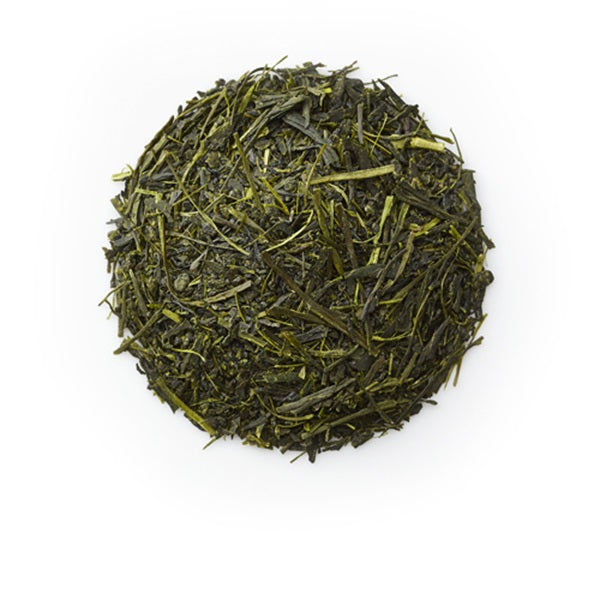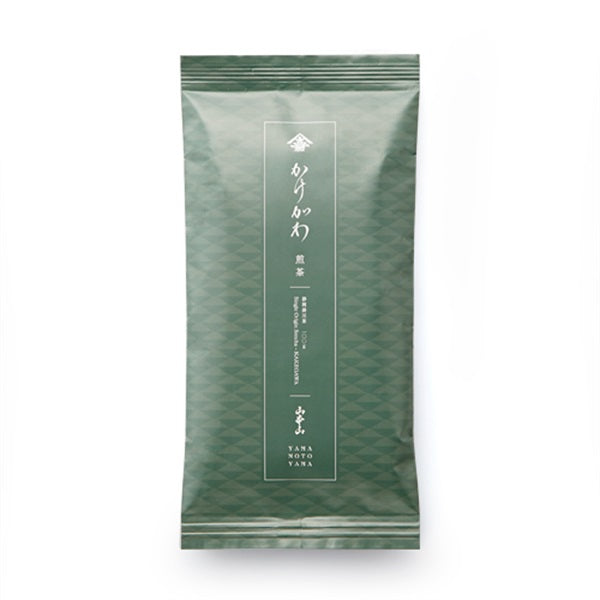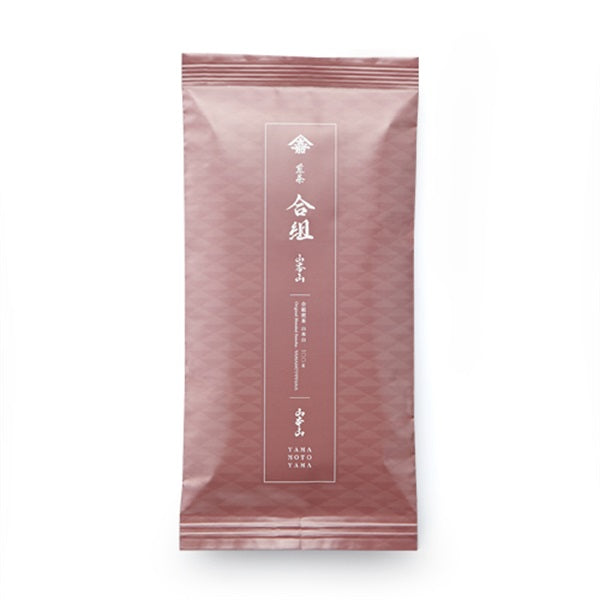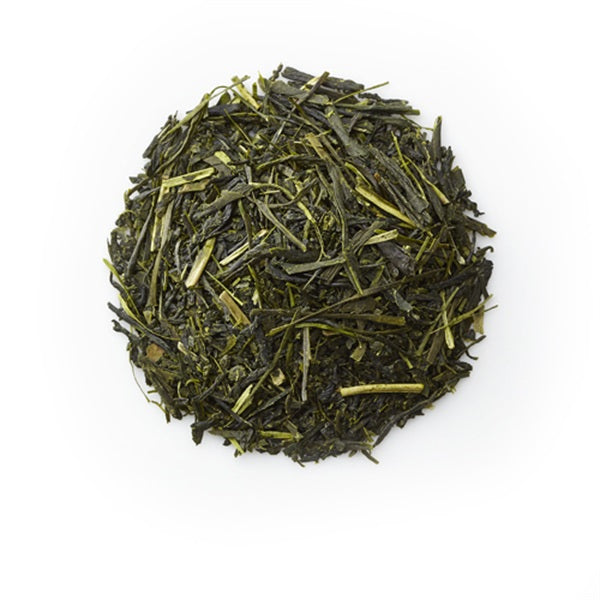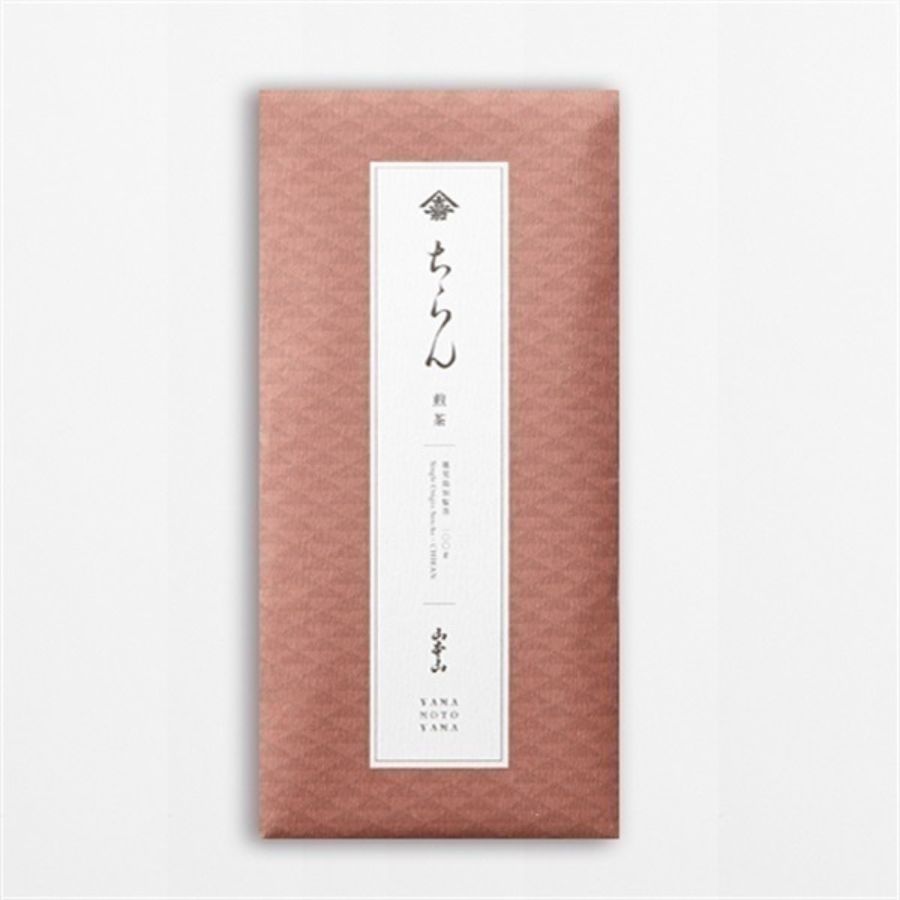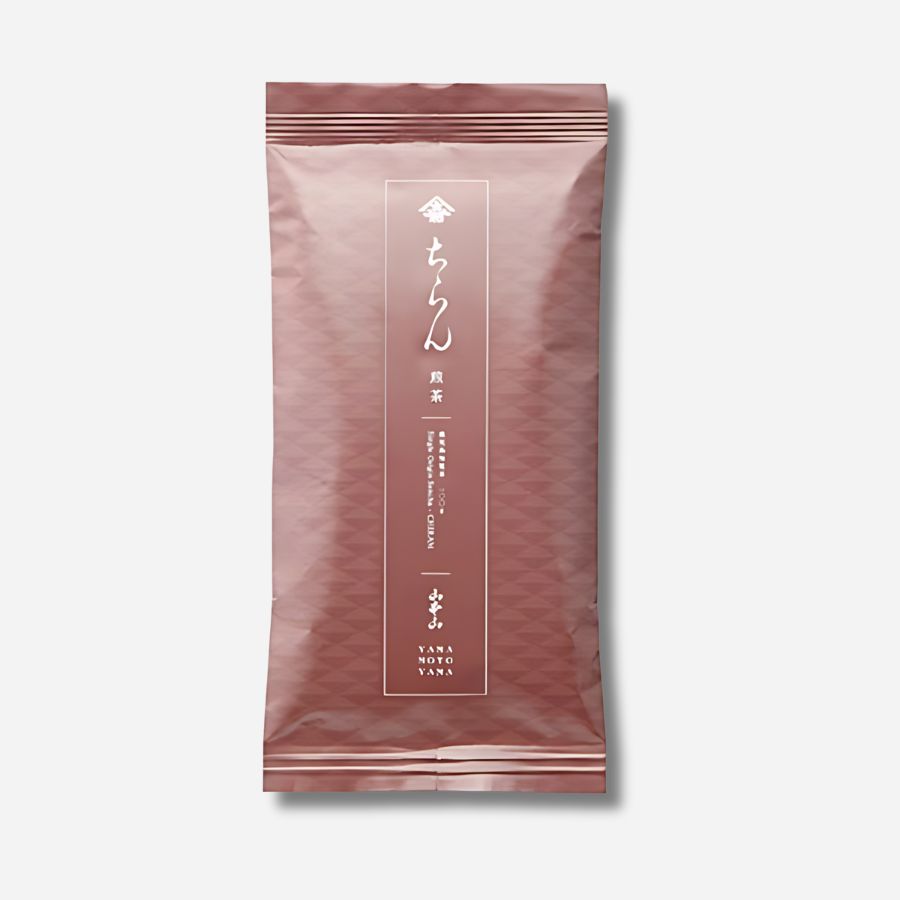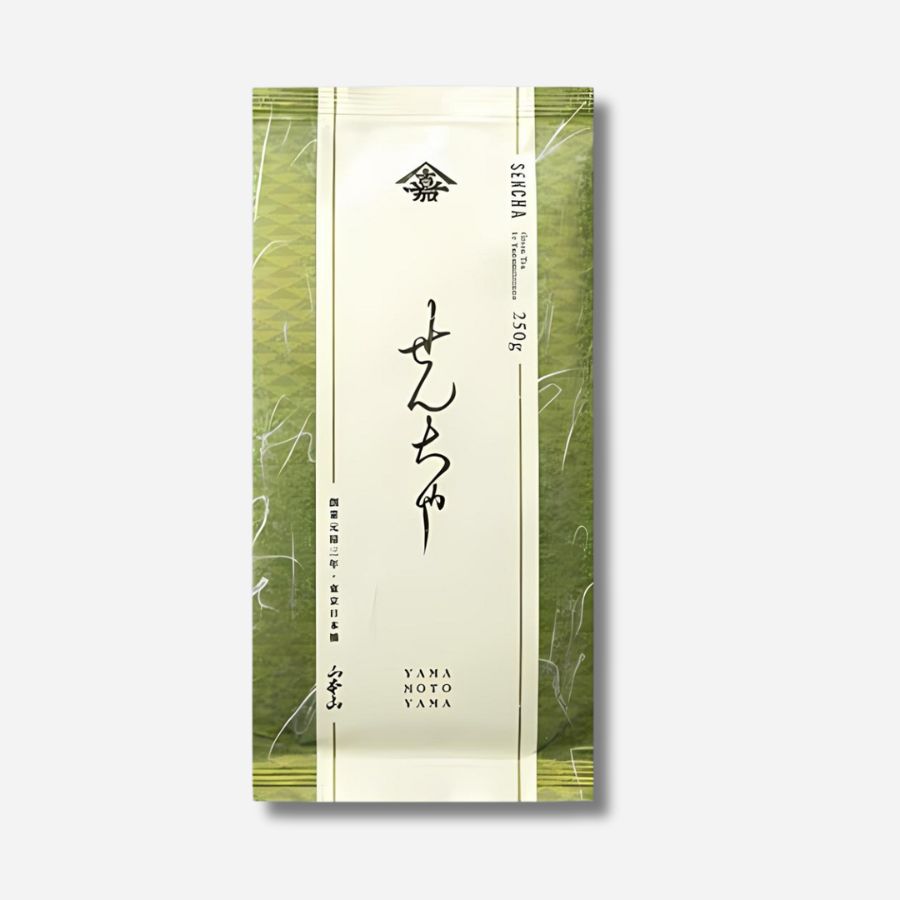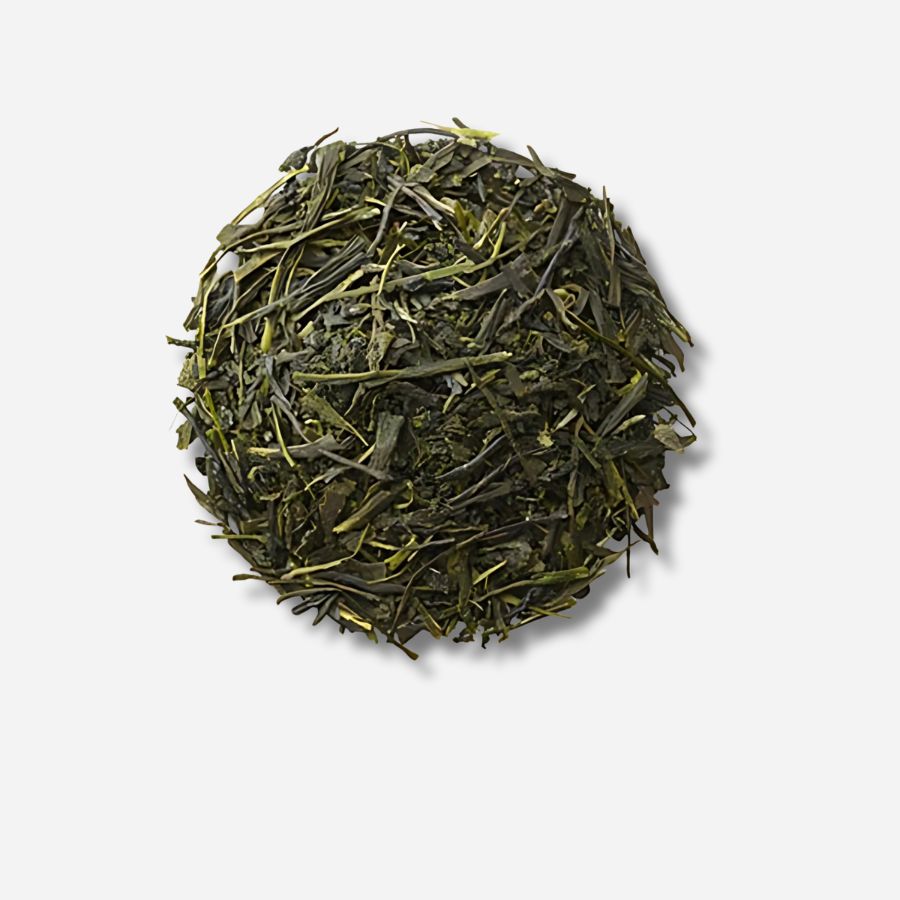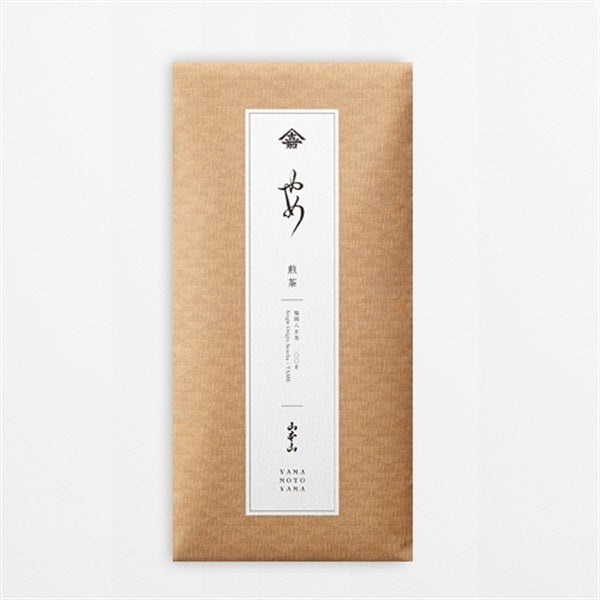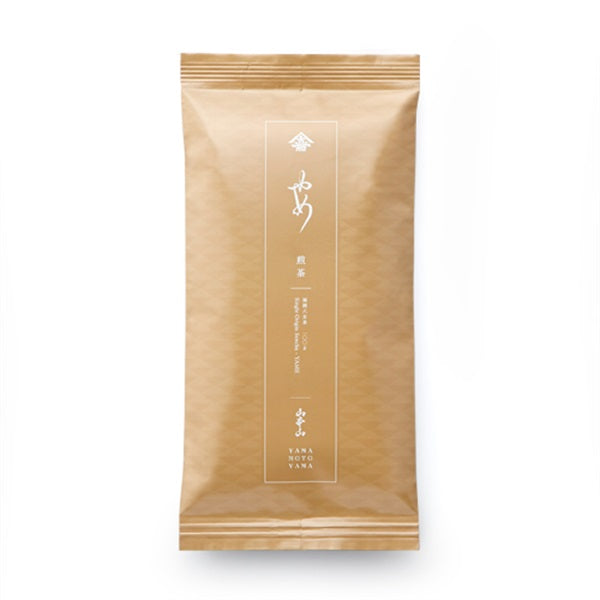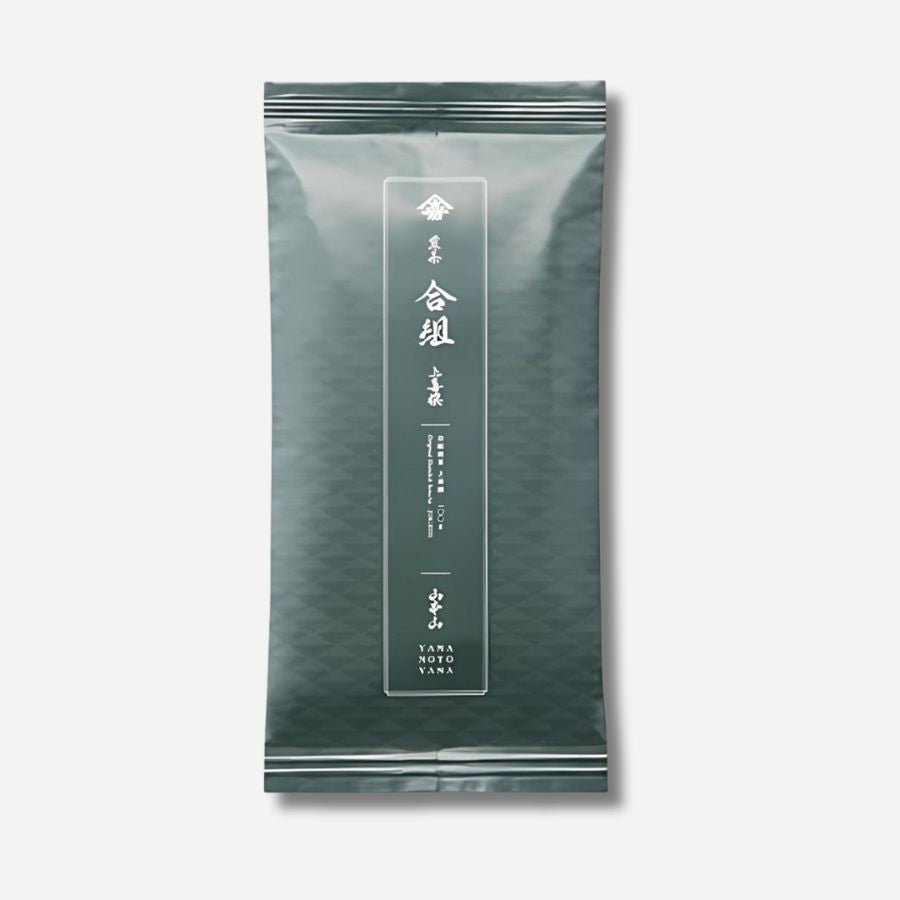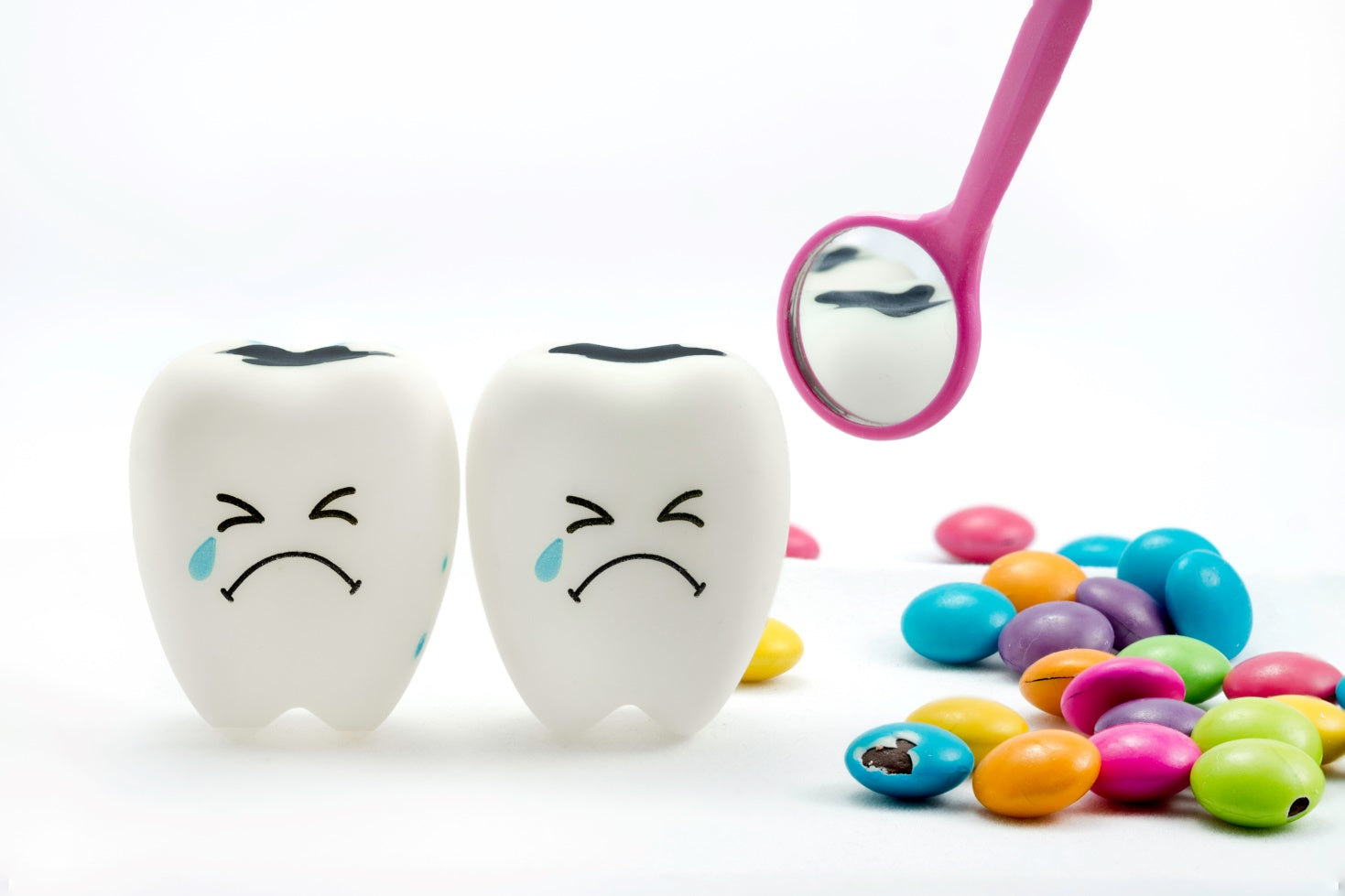
Even dentists are paying attention! Green tea's surprising cavity-preventing effects
Introduction
Green tea has long been popular not only for its refreshing taste but also for the various health benefits it offers.
In recent years, tea has been attracting attention for its effect in preventing tooth decay. With this in mind, tea extracts are being incorporated into chewing gum and other oral care products.

The mechanism of tooth decay
Tooth decay begins when bacteria in the mouth, such as Streptococcus mutans, feed on the carbohydrates we eat, such as sugar and starch, and create a sticky film (plaque) on the surface of the teeth.
The bacteria that live in this plaque further break down sugars to produce acid, which dissolves the surface of the teeth. As the surface of the teeth is dissolved by the acid, small holes gradually appear. This is tooth decay.

Catechin helps prevent tooth decay
The reason why green tea is effective in preventing tooth decay is because it is rich in a compound called catechin.
Catechin is a type of polyphenol with strong antioxidant properties that protects our bodies, but also plays an important role in the oral cavity.
Catechin has the ability to suppress the activity of bacteria such as Streptococcus mutans, which causes cavities, and prevent their proliferation, which is expected to significantly reduce the risk of developing cavities.

It also inhibits the formation of plaque, which is caused by bacteria adhering to the teeth, thereby reducing the risk of developing periodontal disease.
In addition, cavity-causing bacteria use the sugar we ingest in our diet as an energy source to produce acid. As mentioned above, this acid dissolves the surface of the teeth and causes cavities, but catechin also has the ability to inhibit the production of this acid, so it can be expected to protect the surface of the teeth from acid and prevent cavities.
In this way, green tea catechins comprehensively support our oral health through a multifaceted approach that inhibits the proliferation of cavity-causing bacteria, the formation of plaque, and the production of acid. Tea has a triple effect in preventing tooth decay.

Deodorizing effect of chlorophyll
Furthermore, green tea contains various ingredients, including polyphenols such as catechins and flavonols, as well as chlorophyll.
Chlorophyll is a green pigment found in the chloroplasts of plants, but it is also known to have a strong deodorizing effect and is used in a variety of products, such as gum to prevent bad breath, pet supplies, and deodorizing sprays. 
The deodorizing mechanism of chlorophyll has not yet been fully elucidated, but it has been pointed out that chlorophyll molecules have the property of easily adsorbing a variety of substances, and that they may also oxidize and decompose odorous substances, making them odorless.
Therefore, drinking green tea after eating strong-smelling foods can neutralize the odor in your mouth and prevent bad breath.
Furthermore, it is expected that chewing gum containing green tea extract will further enhance the effect.
summary
The health of our mouths is deeply connected to the health of our entire bodies, and oral problems such as tooth decay and periodontal disease are known to increase the risk of developing lifestyle-related diseases such as heart disease and diabetes.
Maintain a healthier mouth by brushing your teeth thoroughly, having regular dental checkups, and drinking green tea on a daily basis.




